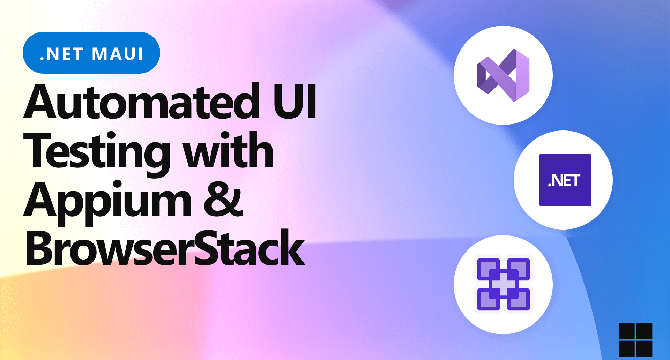Microsoft
1M
396

Image Credit: Microsoft
Use BrowserStack App Automate with Appium UI Tests for .NET MAUI Apps
- This blog explores using BrowserStack App Automate to run UI tests for .NET MAUI apps written with Appium and NUnit.
- BrowserStack's App Automate allows testing on real iOS and Android devices in the cloud, providing access to 2000+ devices.
- It enables testing under real-world conditions, offering preset network conditions and the ability to customize them.
- The process involves setting up BrowserStack with existing Appium UI tests for .NET MAUI apps and integrating it into CI/CD pipelines.
- Steps include signing up for BrowserStack, creating credentials, and adding BrowserStack configuration files to projects.
- Automating tests with BrowserStack involves running them locally or integrating them into Azure DevOps Pipelines or GitHub Actions Workflow.
- Detailed test reports with logs, screenshots, videos, and session recordings are generated when tests are run on BrowserStack.
- Integrating BrowserStack App Automate ensures that .NET MAUI applications are tested on real devices to identify real-world issues.
- Running tests on actual devices aids in detecting issues that may only manifest under real-world conditions.
- BrowserStack App Automate streamlines running existing Appium NUnit tests on their Device Cloud for better testing efficacy.
Read Full Article
23 Likes
For uninterrupted reading, download the app